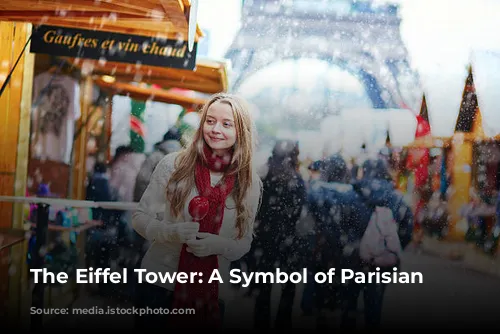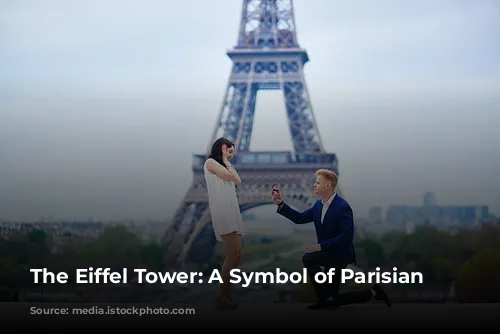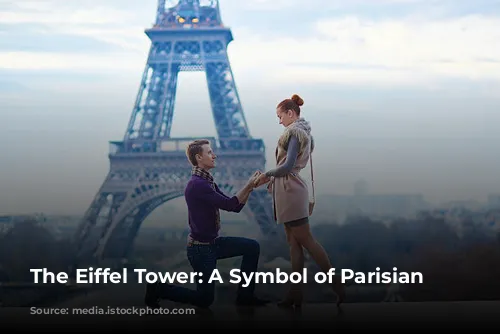Welcome to the world of the Eiffel Tower! This iconic structure is a testament to human ingenuity and a source of endless fascination. From its unique design to its rich history, the Eiffel Tower has captured the imaginations of people worldwide. Join us as we unravel 15 captivating facts about this beloved landmark.
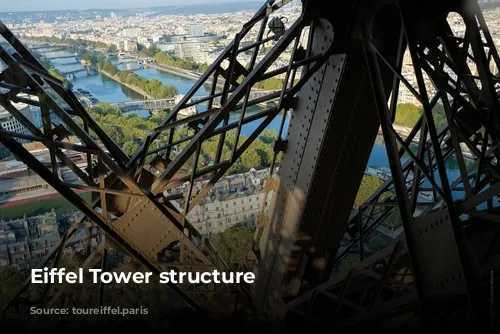
The Tower’s Origins: A Vision in Metal
The Eiffel Tower wasn’t built overnight. Construction began in 1887 and was completed in just over two years, thanks to the vision and expertise of French engineer Gustave Eiffel. Eiffel’s company specialized in metal structures, and he had a knack for creating magnificent, awe-inspiring designs.
Before the Eiffel Tower became a global icon, Eiffel’s company had already left its mark on Europe with projects like the Porto Viaduct in Portugal, the Viaduct du Garabit in France, and the Budapest train station in Hungary. They even constructed the metal framework for another world-renowned monument: the Statue of Liberty in New York, a gift from France to the United States.
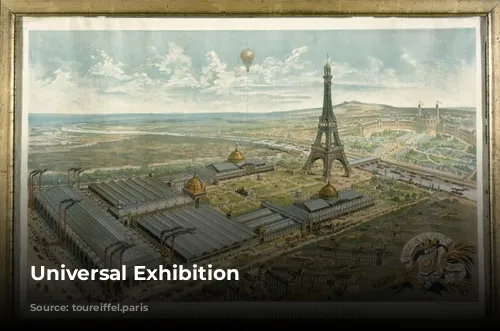
The Eiffel Tower: A Masterpiece in Iron
The Eiffel Tower is a marvel of engineering, built not with steel, but with iron. This iron, known as puddle iron, was sourced from the Pompey forges in eastern France. The iron plates and beams were prefabricated at Eiffel’s factories in Levallois Perret, near Paris, before being transported to the construction site. This clever prefabrication system allowed for the rapid construction of the tower, a testament to the efficiency of 19th-century engineering.
The iron underwent a refining process called puddling, which removed excess carbon when the ore was melted. This process resulted in near-pure iron, which Gustave Eiffel considered the strongest and most dependable material available at the time. To protect this robust metal from corrosion, the Eiffel Tower is coated with a thick layer of paint that needs to be renewed every seven years – a testament to Eiffel’s meticulous planning.
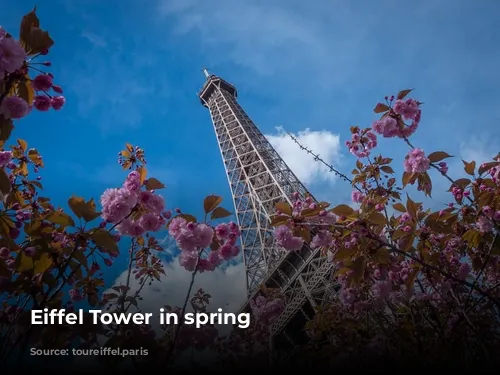
Why was the Eiffel Tower Built?
The Eiffel Tower’s construction was driven by a grand purpose: to be a centerpiece attraction for the 1889 Paris World’s Fair. This global event, held in the Champ de Mars area of Paris, focused on celebrating the incredible advancements in iron and steel construction, a symbol of the industrial revolution.
Initially called the 300-meter Tower, it quickly took on the name of its creator, Gustave Eiffel. The tower opened to the public on May 15, 1889, the same day as the World’s Fair began. Although the tower’s construction faced controversy from the art world, its audacious architecture and design quickly charmed visitors and Parisians alike. Over 2 million people toured the tower in its first year, confirming its instant success.

The Eiffel Tower: An International Icon
The Eiffel Tower’s rise to international fame was swift. As the tallest building in the world upon its completion, its unique silhouette instantly became a symbol of Paris and France. It was a testament to the nation’s prowess in engineering and technological innovation.
Built to celebrate the 100th anniversary of the French Revolution, the Eiffel Tower served as a reminder of France’s achievements and ambition. Its height of 1,000 feet – twice the height of any previous structure – solidified its position as a towering marvel. It remained the world’s tallest building for an impressive 40 years until the Empire State Building was erected in New York in 1931.
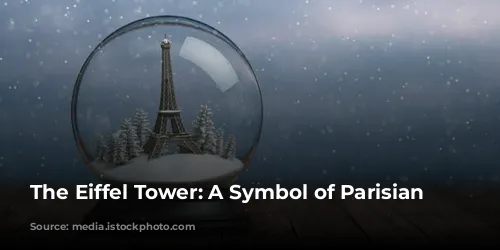
A Symbol of Parisian Life
The Eiffel Tower has stood as a symbol of Paris and France for over a century, welcoming millions of visitors every year. Its unique silhouette, a familiar sight to Parisians and tourists alike, dominates the city’s skyline.
The Tower has been a witness to the ebb and flow of life in Paris, serving as a backdrop for countless moments of celebration and joy. It has witnessed the fireworks on Bastille Day, hosted national events, and even been a stage for large-scale sporting events.
Its impact extends beyond the city of Paris, becoming a symbol of France in global culture. From movies and graphic arts to literature and poetry, the Eiffel Tower is a timeless icon.
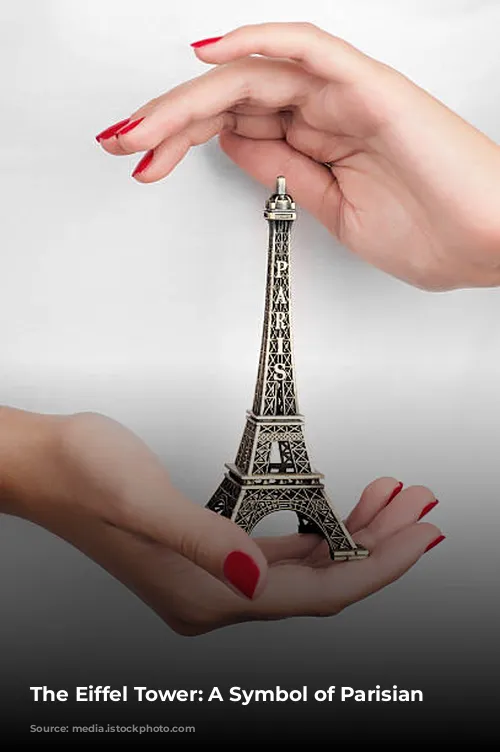
The Eiffel Tower: A Symbol of France’s Progress
The Eiffel Tower’s construction showcased France’s pioneering spirit and its technological prowess. Its stature and daring design impressed the world, demonstrating the nation’s innovative capacity and industrial genius.
For Parisians, the Eiffel Tower is a constant presence in their daily lives. Its illuminated beacon, shining bright until 1 am, is visible from all over the city and even beyond. The Eiffel Tower has become a symbol of France’s resilience and its capacity to inspire wonder and awe.
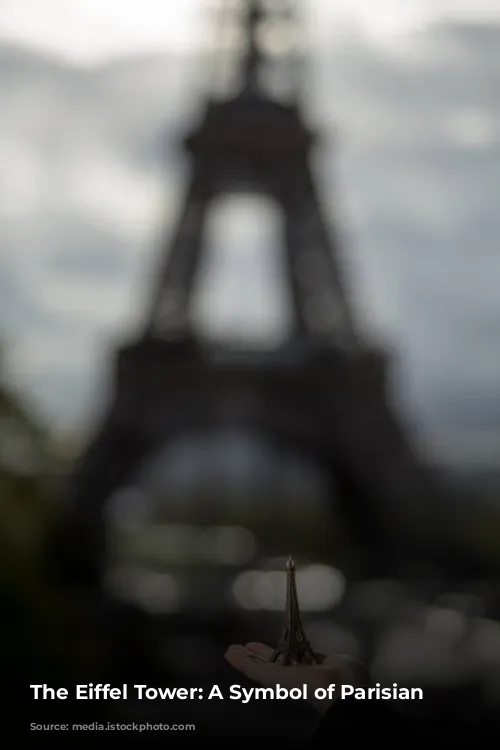
The Eiffel Tower: A Work of Art and Engineering
The Eiffel Tower’s journey from a purely functional structure to a beloved icon is an interesting story. Initially, the tower was seen as a feat of engineering, a testament to the ingenuity of architects and engineers. The competition for the 1889 World’s Fair, which focused on “raising an iron tower,” led to the creation of the Eiffel Tower.
The winning project, designed by Maurice Koechlin and Emile Nouguier, two engineers working for Eiffel, and Stephen Sauvestre, an architect, was chosen from among 107 other entries. The tower’s design, inspired by large-scale metal structures like bridges and viaducts, features diagonal beams that converge at the summit, creating the iconic A-shaped silhouette.
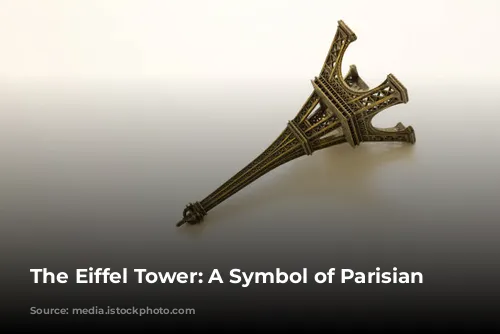
The Eiffel Tower: A Symbol of Safety and Durability
Despite its immense size and weight, the construction of the Eiffel Tower was remarkably safe. No serious injuries or deaths were reported during its construction, a testament to the safety measures employed at the time. This underlines the care and expertise invested in creating this engineering marvel.
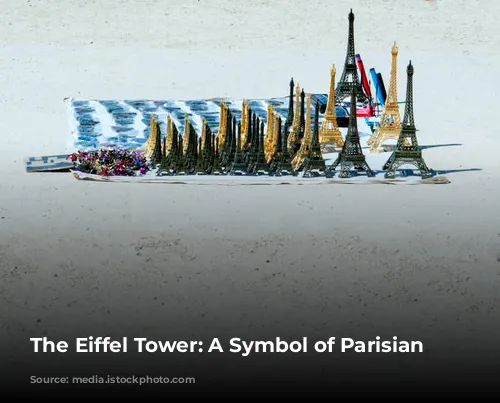
The Eiffel Tower: A Beacon of History
The Eiffel Tower has witnessed some of France’s most momentous events, from joyful celebrations to moments of tragedy. In its early years, it served as a laboratory for scientific experiments, notably in wireless telegraphy. It is perhaps this scientific aspect that saved it from destruction after its initial 20-year lifespan.
The tower’s role in radio and television broadcasting cemented its connection to technological advancements. The TDF installations and emitters on its summit broadcast digital terrestrial television and radio channels to millions of inhabitants.
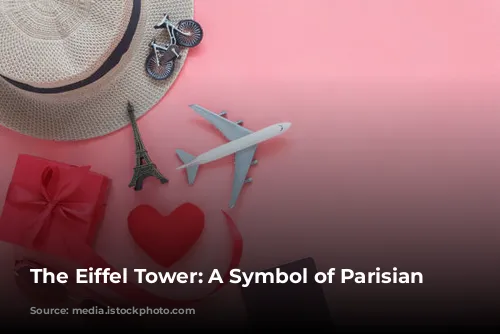
The Eiffel Tower: A Symbol of Hope and Unity
The Eiffel Tower’s illumination has become a global symbol of solidarity and hope. Its lights are often turned off at night to honor victims of tragedies and disasters around the world. This act of remembrance signifies the shared humanity of people across the globe and demonstrates the power of the Eiffel Tower as a means of expression for Paris and France.
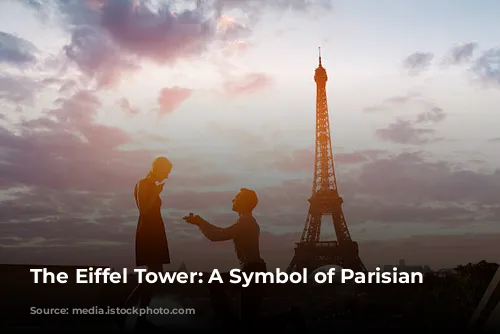
The Eiffel Tower: A Timeless Icon
The Eiffel Tower has transcended its initial purpose as a temporary structure for the 1889 World’s Fair to become a timeless icon. It stands as a testament to the ingenuity of human design and the power of engineering to shape our world. Its unique silhouette continues to enchant visitors from all over the world, reminding us of the wonder and beauty of human creation.
